Lung cancer causes more deaths than colon, prostate, ovarian and breast cancers put together
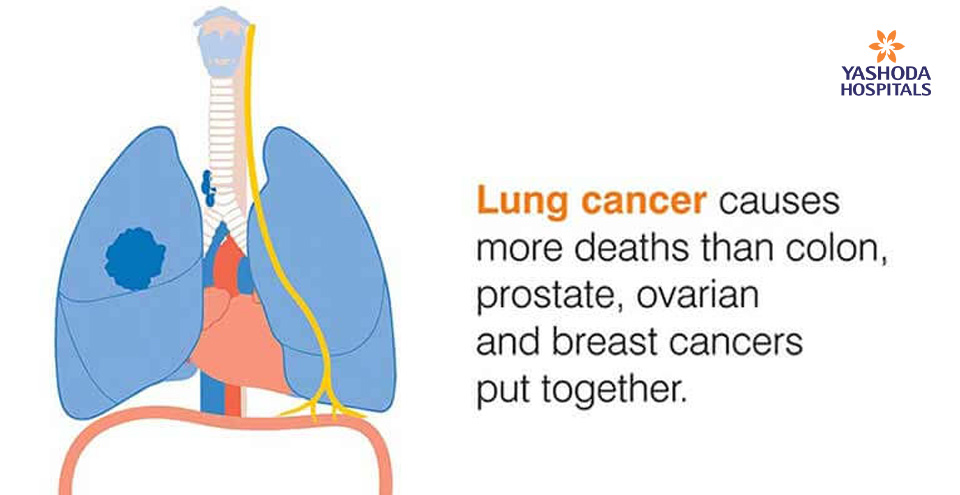
Lung cancer originates in the lungs. Smoking is considered as the possible reason for lung cancer. The nicotine and tar that are present in tobacco are considered to cause cancer. When one smoke, the nicotine and tar remain in the lungs as residue, over a period of time they trigger the formation of cancerous cells in the lungs. Lung cancer may occur even in people who have quit smoking.
Symptoms
In the early stage of lung cancer there are no symptoms. However, the symptoms of lung cancer turn to be visible only during the advanced stage. The symptoms of lung cancer include, incessant cough which is also called as smoker’s cough, coughing blood, having shortness of breath and chest pain, wheezing and hoarseness and loss of weight, bone pain and headache.
If any of these symptoms are seen, it is better to consult the doctor for expert advice and suggestions. The doctor poses questions about your smoking habit, duration and number of cigarettes per day. Also enquires about cough and other symptoms like chest pain, wheezing and loss of weight. From the information gathered, the doctor decides on the diagnosis and the course of medications for each patient.
Causes
In majority of cases, smoking is considered to cause lung cancer. Smoking may be direct, as well as in people exposed to smoke over a long period of time. Cigarette smoke contains cancer causing substances (carcinogens).
Smoking damages the lining of the lungs, and causes cancer. The body’s resistance mechanism helps in fighting the smoke and its harmful substances. However, exposure of lungs to smoke over a long period of time causes perennial damage to the lungs, with the fall-out seen as lung cancer.
Cancer of the lungs is of two types. Small lung cancer and non-small cell lung cancer. An examination of lung cells under the microscope helps the doctor to decide on the type of cancer and the course of treatment to be followed.
Risk factors
Smoking is the potential cause for lung cancer. Other risk factors for cancer include, secondhand smoking (exposure to cigarette smoke), exposure to radon gas, asbestos and carcinogens, and a family history of lung cancer. Radon gas is produced by the breakdown of uranium in the soil, rock and water. Radon testing kits help in identifying the presence of radon in the air, at home as well as public places.
Radon can be present at permissible levels only. If the presence of radon in the air is more than the safe level, it may need immediate attention, and possible remedies need to be taken up. People living in homes with asbestos roofs are considered to be greatly exposed to lung cancer. Asbestos contain arsenic, chromium and nickel which develop the risk of lung cancer when exposed over a long period of time.
Tests and Diagnosis
People with the habit of smoking need to undergo annual computerized tomography (CT) scans to check the stage of lung cancer. People who are 55 and more, with smoking habits should be more careful, as they are more prone to lung cancer.
Three categories of tests are suggested as part of lung cancer diagnosis. Image tests which include CT scan as well as X-ray. Sputum cytology studies the sputum under the microscope for possible presence of cancer cells. Biopsy of lung cells helps to know the presence of cancer, and its stage of development. The brochoscope helps the doctor to examine the abnormal areas of the lungs, and mediastinoscopy helps to make an incision at the base of the neck to collect the tissue samples from the lymph nodes. The CT Scan and X-ray are used to guide the needle through the chest wall and collect the suspicious cells.
The stage of lung cancer is decided only by studying the cancer cells of the lungs. At stage one of the lung cancer, cancer cells are limited to lungs only. Stage two of lung cancer shows cancer spreading to chest wall and the diaphragm. Stage three of lung cancer shows the presence of a small tumor in the lymph nodes. In the final or fourth stage, cancer is seen to spread from the lungs to other parts of the body.
Treatments and drugs
Depending on the stage of cancer, the course of treatment is suggested. This may include one or more than one treatments viz. chemotherapy, radiation therapy or targeted drug therapy. Surgery for lung cancer may include removal of a small section of the lung, large portion, entire lobe or an entire lung. Surgery may carry the risk of bleeding and infection, both have to be attended promptly by the specialist doctor.
The lungs grow back to normal position even after surgical removal. Early recovery after cancer surgery may be ensured by proper breathing exercises under the guidance of a respiratory therapist. Palliative care is suggested by the doctor in the before and after cancer treatment process. Palliative care helps to minimize the signs and symptoms of lung cancer. Palliative care or supportive care results in improved mood and quality of life.





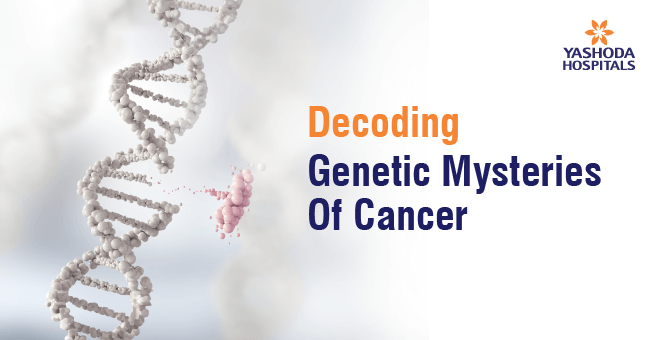

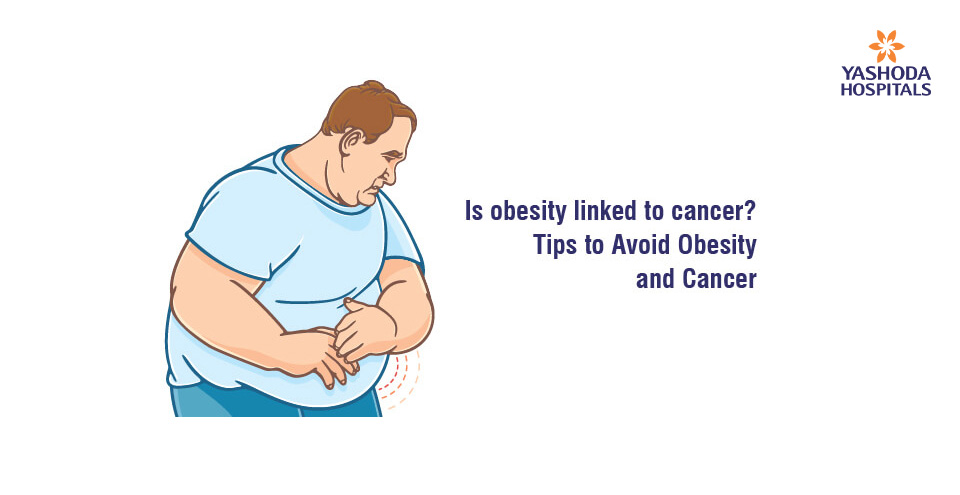


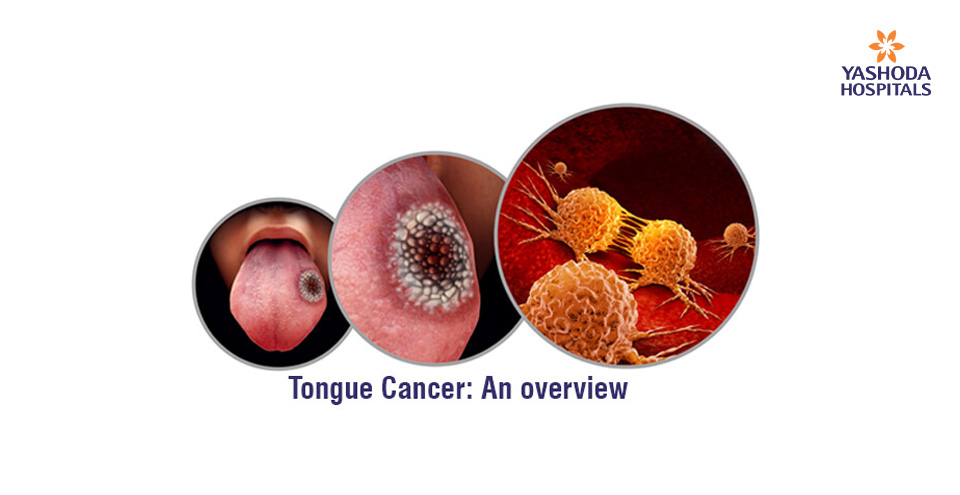

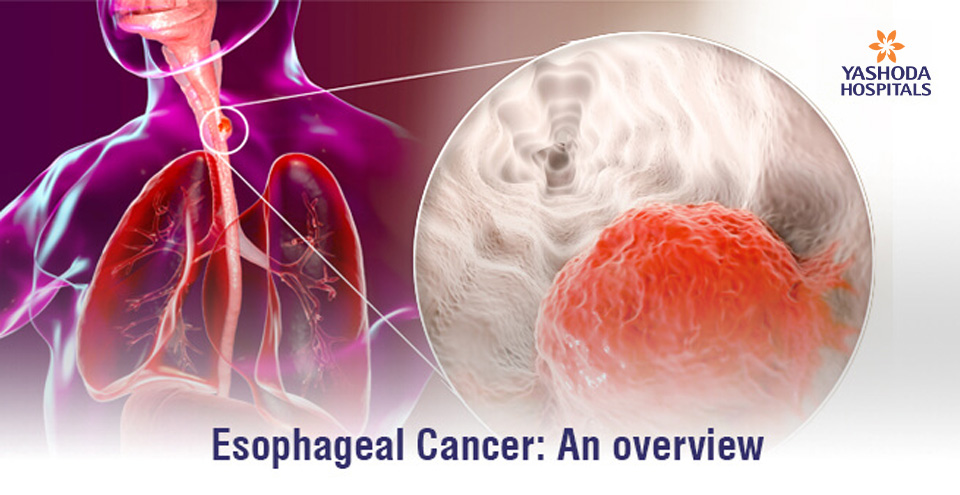







 Appointment
Appointment WhatsApp
WhatsApp Call
Call More
More